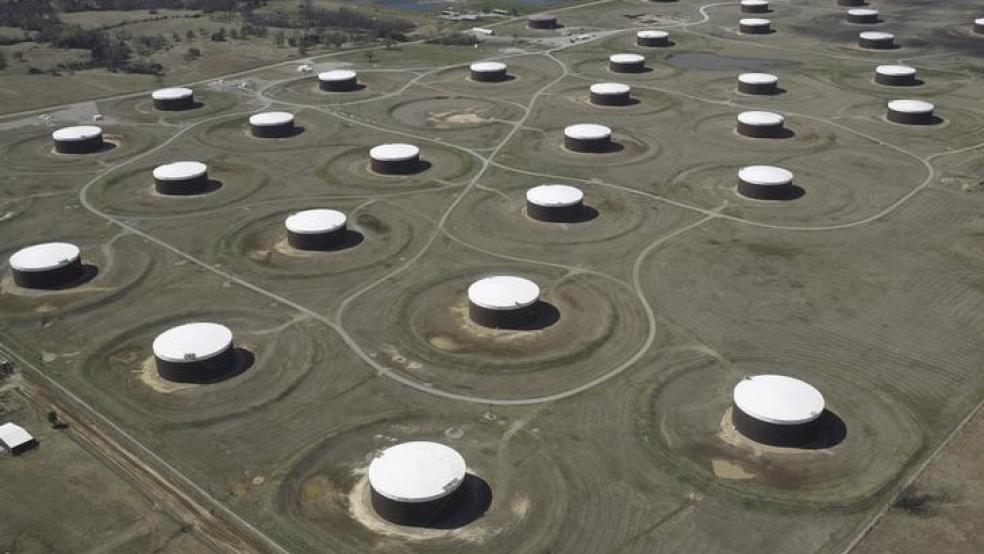NEW YORK (Reuters) - Oil prices ended higher on Wednesday ahead of the release of U.S. government data that was expected to show a ninth straight weekly drawdown in crude inventories.
Brent futures
settled 23 cents higher at $69.38 a barrel while U.S. West Texas Intermediate (WTI) crude gained 24 cents to $63.97 per barrel.Both contracts climbed to their highest levels since December 2014 this week with Brent reaching $70.37 on Monday and WTI up to $64.89 on Tuesday. U.S. crude inventories were estimated to have fallen 3.5 million barrels in the week ended Jan. 12, according to a Reuters poll. [EIA/S] Industry group the American Petroleum Institute (API) on Wednesday said crude inventories fell last week by 5.1 million barrels, while stockpiles of gasoline rose by 1.8 million barrels, less than anticipated. The U.S. Energy Information Administration (EIA) will post its data on Thursday at 11 a.m. EST (1600 GMT). If it follows the API figures, it will be the ninth straight week of crude inventory declines.Tighter markets have lifted both crude benchmarks about 13 percent above levels in early December, helped by production curbs by OPEC and Russia, as well as by healthy demand growth. Several analysts this week raised their expectations for 2018 prices on the back of the rally.In a note on Tuesday, Morgan Stanley said it now sees Brent hitting $75 a barrel by the third quarter of 2018, while U.S. crude could hit $70 a barrel. The firm expected flows from hedge funds to keep prices elevated - even though it saw prices retreating later in the year.Money managers have raised bullish positions in WTI and Brent crude futures and options to a record, according to the U.S. Commodity Futures Trading Commission and the Intercontinental Exchange.Norbert Ruecker, head of commodity research at Swiss bank Julius Baer, also said that "hedge fund expectations for further rising prices have reached excessive levels," threatening prices. The Organization of the Petroleum Exporting Countries and Russia have been curbing production since January 2017; the cuts are set to last through 2018.The curbs have coincided with strong demand and solid economic growth, tightening the market. Elsewhere, threats by Nigerian militants on Wednesday to attack offshore oil facilities within days were supportive of prices.Markets may come under pressure from rising U.S. production, analysts say. On Tuesday, the EIA said it expected U.S. oil output to increase in February, with production from shale rising by 111,000 barrels per day (bpd) to 6.55 million bpd.U.S. crude output is expected to soon break 10 million bpd, challenging top producers Russia and Saudi Arabia. (Additional reporting by Libby George in London and Henning Gloystein in Singapore; Editing by Marguerita Choy, Tom Brown and Cynthia Osterman)



